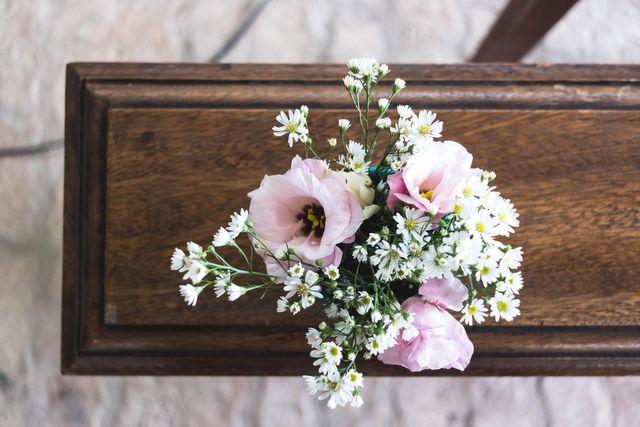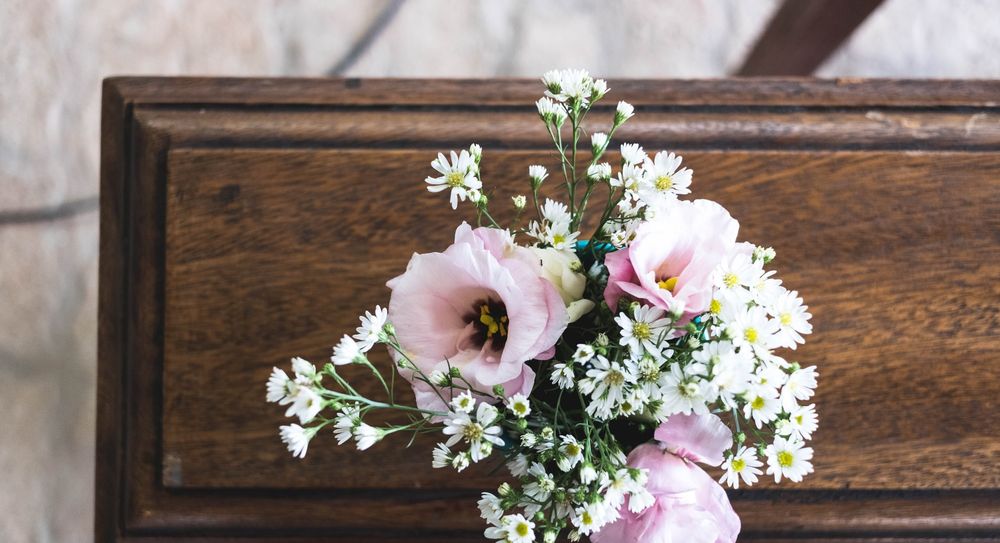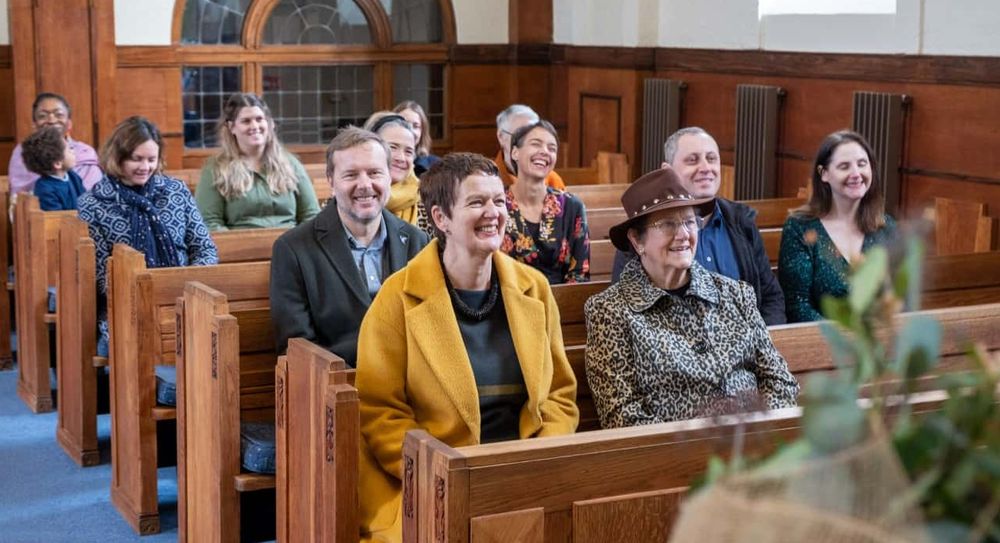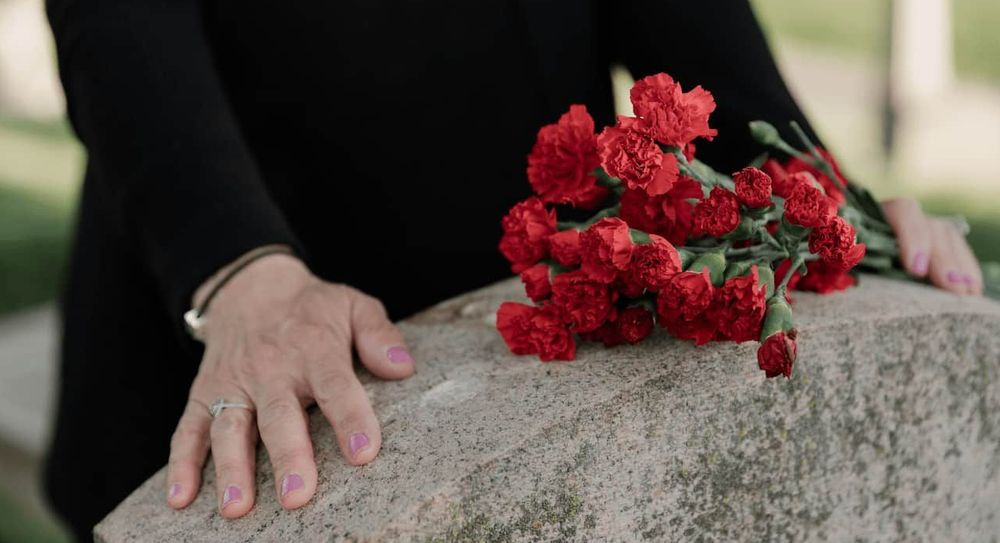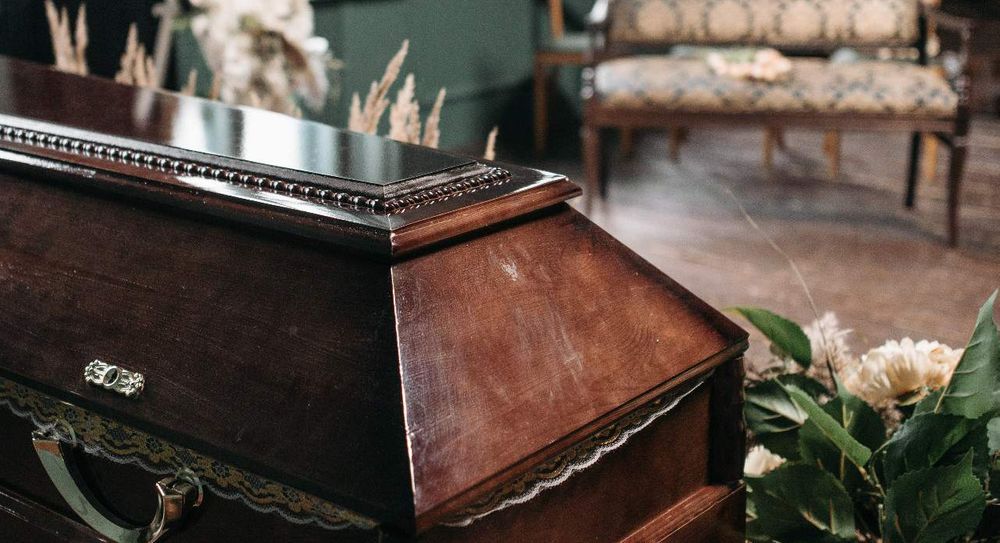Whether you’re planning a burial or attending one, it’s natural to have questions. Here we’ll take you through what happens at a burial service so you know what to expect.
What happens at a burial service?
Before the burial there’s usually a funeral service. Each funeral will be different because the order of service is usually set by the person organising the service. They’ll think about the final wishes of the person who died and also what the family would like.
But here’s what you can typically expect at a funeral service before the burial:
The funeral procession
This is when pallbearers carry the coffin into the venue. Pallbearers can be family and friends of the person who passed away. Or they can be staff from the funeral home. Or a combination of both. Family will often follow the coffin into the venue and sit down at the front. Other guests can follow them into the venue or might be asked to sit down before the procession starts.
The funeral service
The funeral service can range from 30 to 60 minutes depending on what’s been organised by the family and any religious customs that are carried out. The service can be led by a celebrant or a religious leader. Some families may ask a family member or friend to lead the service if that’s more fitting.
The service can include music, readings, poems and tributes to the person who passed away. These can be religious or non-religious. The order of service is entirely up to the person organising the funeral. But if you’re not sure how to go about organising the order of service you can ask the celebrant or your funeral director for help.
The burial
Once the service is finished the coffin is taken to the burial ground by the pallbearers. The burial ground could be at the same venue as the service, for example if the service was held at a church with a graveyard. Otherwise the pallbearers will take the coffin back to the hearse so that it can be taken to the burial ground. Family and friends will usually follow it to the burial ground.
When they arrive at the burial ground the pallbearers will carefully take the coffin from the hearse to the graveside. It’ll be placed on planks above the grave while family and friends gather around.
If the funeral service is religious the faith leader may say a prayer or a reading before the coffin is lowered into the grave. And family and friends might want to say their goodbyes with a few words or a prayer depending on their beliefs. Some people may wish to have a more formal committal service before a loved one is buried.
What is a committal service?
A committal service comes from a Christian ritual and traditionally comes after the funeral service. It happens at the graveside where the priest or celebrant leads family members and other guests in prayer before the coffin is lowered into the grave. A committal is known this way because the body is being committed to the earth or to their final resting place. The term committal is still used at non-religious services and cremations too. It can be the point at which the curtain begins to close on the coffin at the crematorium or it can sometimes refer to the moment the ashes are placed in an urn or scattered somewhere special.
What about other burial customs?
At many burial services across the UK different rituals and customs are used. Here are some examples of what happens at a burial depending on the beliefs of the person who died.
Jewish burial customs
Orthodox Jews prefer a funeral to take place within 24 hours unless the death happened after sunset on a Friday. If this happens the burial will be postponed until the next Sunday. Usually the person who died is wrapped in a white shroud (kittel) and placed in a plain wooden coffin. Men are buried with a prayer shawl (tallith) with the tassels cut off.
According to Jewish customs family and friends walk to the cemetery following the coffin. If the cemetery is too far away then transport is allowed. But some Orthodox Jews will walk at least some of the route to the cemetery.
At a Jewish burial the brothers and sons of the person who passed away will shovel earth on top of the coffin. Once the person is buried the Jewish prayer for the dead (Kaddish) is said by all male family members. After the burial a meal of herring, bagels and eggs is served.
Find out more about Jewish funeral traditions with our guide to what happens at a Jewish funeral.
Islamic burial customs
According to Islamic customs the person who died should be buried before midday and never after sunset. But if that’s not possible due to delays with death certificates, for example, then they should be buried as soon as possible.
Before the burial the person is washed, usually by family members of the same gender. The person is then wrapped in a plain cloth or shroud.
When buried the person’s head and right side should face Mecca, the centre of the Islamic faith. Usually only men will be at the burial. Family members throw soil onto the grave before it’s fully covered.
Learn more about Islamic funeral customs with our guide: What happens at an Islamic funeral service?
What about non-religious burials?
Burials are traditionally connected to churches and their graveyards but there’s no reason why a non-religious person can’t be buried. Many humanist burials are led by a celebrant and/or family members who’ll concentrate on celebrating the life of the person who’s passed away instead of mourning their loss. Instead of prayers, poems or songs may be read during the burial service. Humanists don’t believe in life after death so they won’t have any specific burial rituals or customs to follow.
Learn more about humanist burials and rituals with our guide: What is a humanist funeral?
Green burials
More and more people are choosing a type of burial that’s eco-friendly, sometimes known as green burial. This is when the person who died is buried in the most sustainable way possible so that nothing unnatural is left behind in the soil. The aim is for the environment to be as untouched as possible. This is done by using a completely biodegradable coffin. And the body is not embalmed so that no chemicals are left in the soil. The grave is usually dug by hand so that the plants and wildlife in the natural burial ground are left undisturbed too.
Learn more about this type of burial with guide to green funerals.
Unattended burials
An unattended burial is when a person is buried without a service. This means there are no mourners at the graveside and no readings or songs are performed. Some people choose this type of burial because they don’t want a lot of fuss. Learn more about unattended funerals.
We hope this guide has given you a clearer idea of what happens at a burial. Hopefully, it’s helped you figure out what’s right for the funeral you’re planning. If you need more help you can find a funeral director near you with our funeral director finder.
Photo by Mayron Oliveira on Unsplash.

